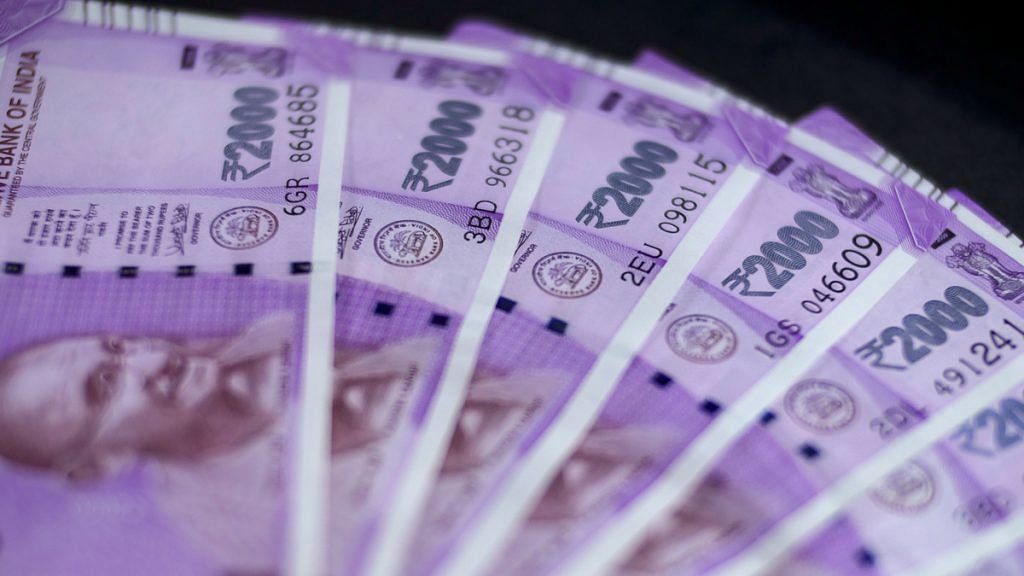New Delhi: Prime Minister Narendra Modi was not in favour of issuing the Rs 2,000 currency notes in the aftermath of demonetisation in 2016 but “went along with the consensus”, revealed Nripendra Misra, who was the principal secretary to the PM between 2014 and 2019.
In a column in the Times of India on the occasion of Modi’s 70th birthday, Misra wrote how the PM fully owned the move and never blamed his advisors despite not agreeing with the decision.
“There have been instances where he didn’t fully endorse the advice or opinion but went along with the consensus out of deference for the institutional framework. During the preparations for demonetisation in 2016, he was not fully convinced of the idea to release new Rs 2,000 notes but accepted the suggestion of those who felt that speedy printing of the high denomination note would increase the availability of cash,” he wrote.
The Modi government had cancelled the legal tender of Rs 1,000 and Rs 500 (old series) notes in November 2016 in an effort to curb black money and fake notes. Its argument was high value notes are used by tax evaders and hoarders.
But the months following demonetisation were marked by acute cash shortage as the government and the Reserve Bank of India (RBI) struggled to remonetise the economy with 86 per cent of the currency in circulation being withdrawn from the banking system. This also led to many hardships for people who had to queue in front of banks and ATMs to withdraw cash, and several political questions for the government.
Also read: India’s economic recovery to be gradual, says RBI Governor Shaktikanta Das
‘Course correction now’
To ensure adequate cash in the system at the time, the government went ahead and printed Rs 2,000 notes on a large scale. This led many to question the need for demonetisation, especially as the government did away with the Rs 1,000 notes only to replace it with notes of a higher denomination.
Despite the government remonetising the economy using both Rs 2,000 and Rs 500 notes (new series), the bank notes in circulation as of the end of March 2017 declined 20 per cent compared to the year-ago period.
Misra added, “It’s evident that he’s now doing course correction by discouraging printing notes of this denomination.”
With the increasing realisation that the Rs 2,000 notes were being used for hoarding, money laundering and tax evasion, the Modi government stopped printing of the Rs 2,000 notes in the second half of the 2018-19 fiscal year.
Further, no new notes were printed in 2019-20, the RBI’s annual report showed.
In April 2018, India faced a massive cash shortage and the government and bankers at that time attributed the shortage to the hoarding of Rs 2,000 notes. The government eventually stopped printing the Rs 2,000 note as it looked to gradually reduce these notes from circulation.
RBI data shows the value of the Rs 2,000 notes in circulation was at Rs 5.47 lakh crore as of March 2020, lower than the Rs 6.58 lakh crore as of March 2019 and Rs 6.72 lakh crore as of March 2018.
Also read: Modi turns 70, and clock is ticking for him to change his legacy for the better
